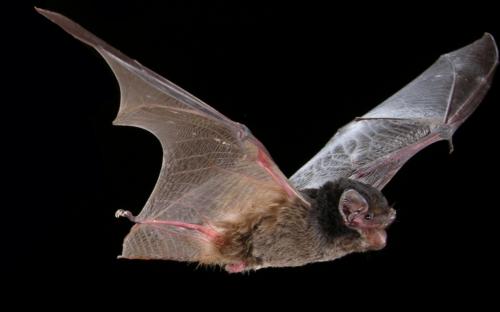Conservation status: least concern
According to surveys by Friends of Native Wildlife Inc., Gould's Wattled Bat is the most common microbat species in Bayside. It is also found throughout most of Australia, excluding Cape York.
At around 100mm long including the tail, and weighing around 15g, it is noticeably bigger than our second-most locally common microbat, the Little Forest Bat.
Males may roost alone or with other species, but females are often found in colonies of 30 or more bats. They roost in tree hollows, bird nests, ceilings or beneath buildings.
Gould's Wattled Bats are often the first species of microbat to emerge at dusk. For this reason they are also the species we most commonly see in Bayside, chasing insects in the sky as the sun sets.
This bat mostly eats moths, but won't pass up any beetles, flies, or cockroaches it finds. It hunts just below the tree canopy. Although a fast flyer, able to fly up to 36 kph, it is limited in maneuverability.
As for all our local microbats, Gould's Wattled Bats go into torpor during winter. Torpor is a sort-of "shallow hibernation", and helps the animal survive the cold months when insects and other invertebrates are difficult to find.
After mating, females can store the sperm for more than 33 days. The gestation period is 3 months, with the young (often twins) born during November or December in the Melbourne area. The young remain attached to the teat while the mother flies to hunt for food.
When foraging for food, a Gould's Wattled Bat may travel more than 10km. Some individuals switch roosts frequently, while others may use the same roost for up to 14 days.
Natural predators include owls, butcherbirds and currawongs. Domestic cats are also known to kill these bats.

